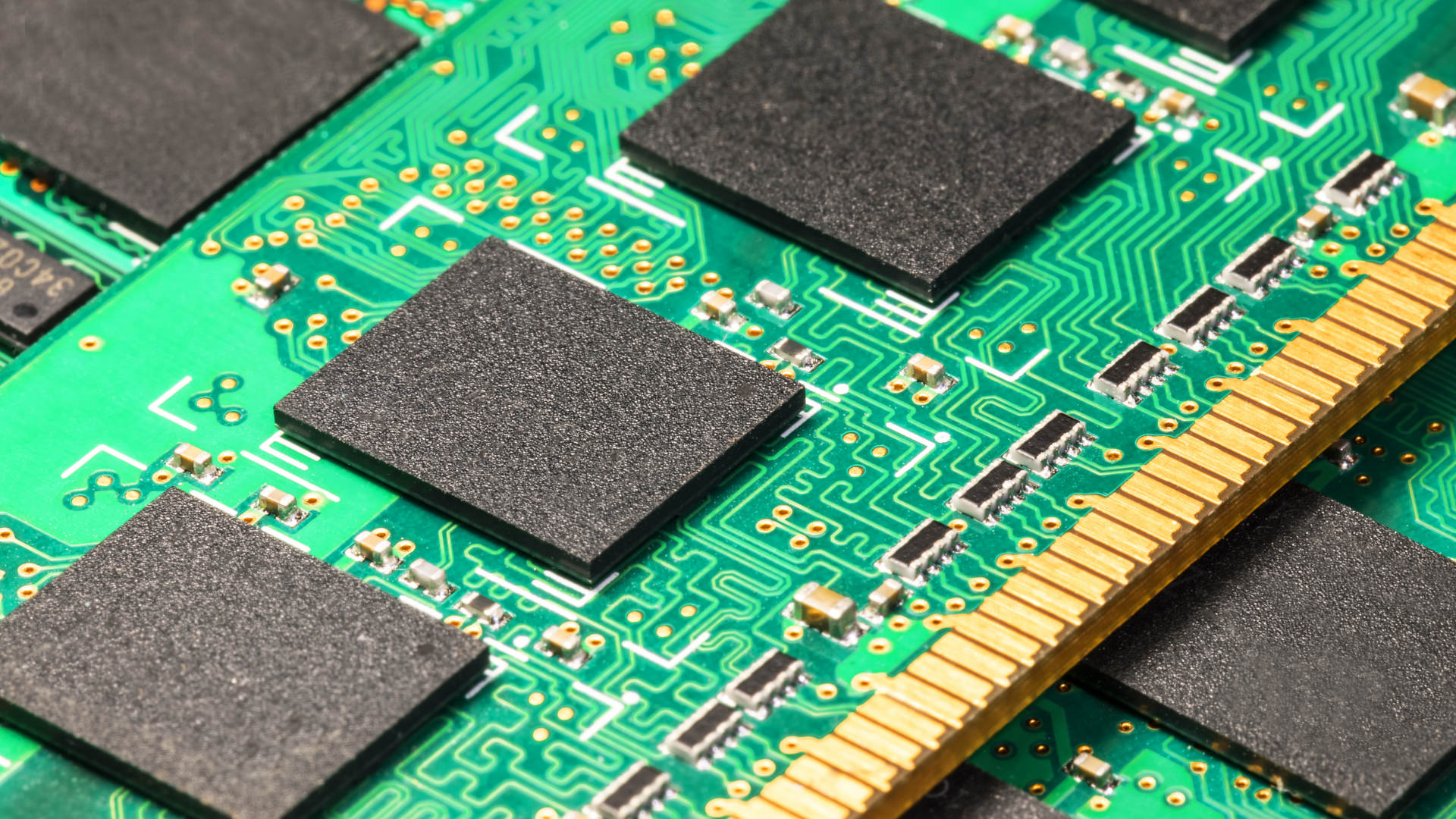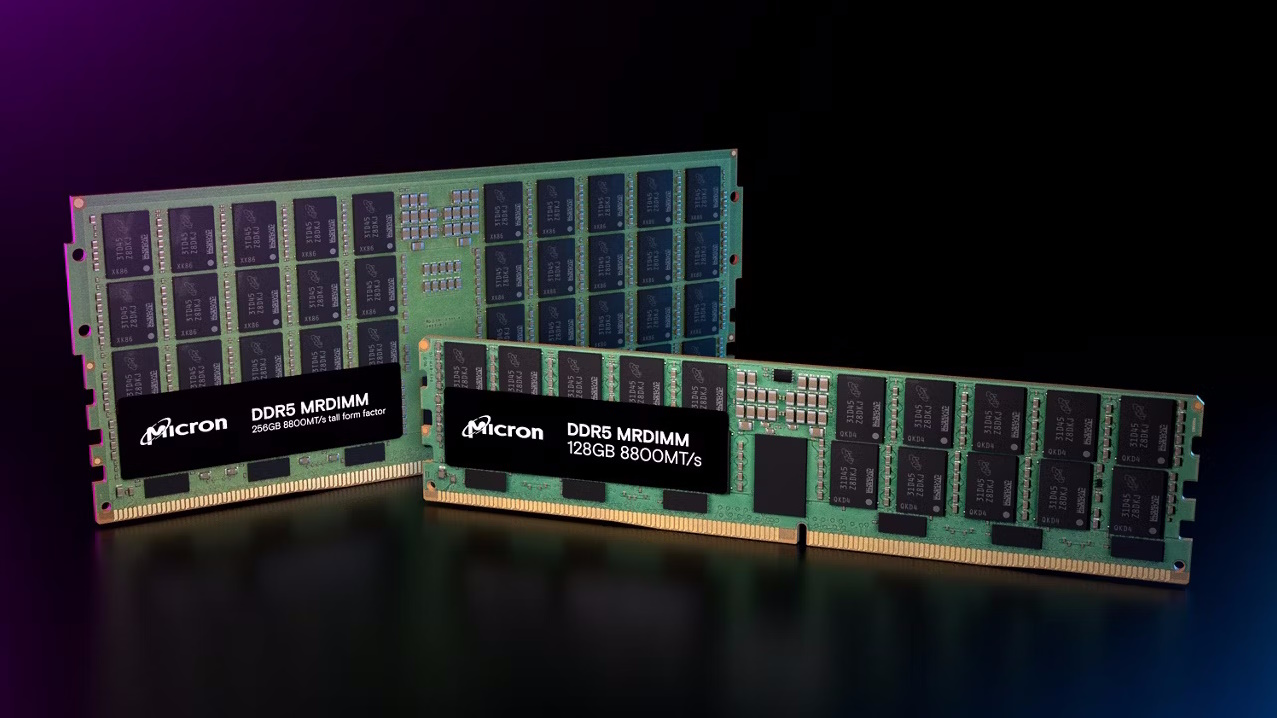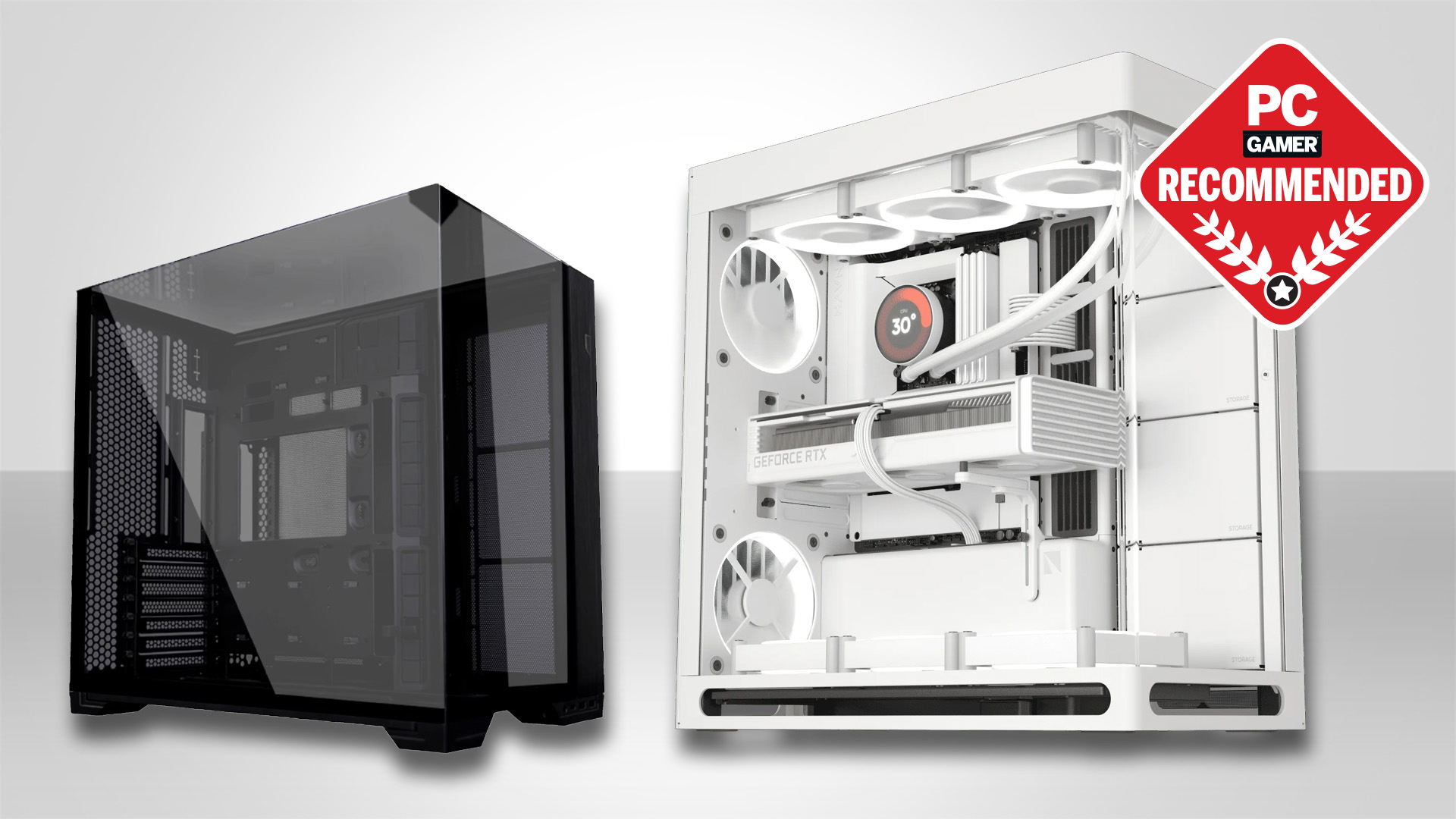'We're facing [what has] never happened before: HDD, DRAM, HBM, NAND... all in severe shortage in 2026' says Silicon Motion's CEO as memory prices continue to soar
Good news, everyone! I mean, terrible news, everyone!

In case you've been living under a rock, memory prices have been rising at an astounding rate recently, thanks to an ongoing supply shortage, which is largely attributed to AI server demand swallowing up all the available DRAM modules. NAND flash is also in short supply, and so is... well, I'll let the CEO of Silicon Motion describe it better than I.
Speaking during the company's most recent earnings call earlier this week, memory manufacturer chief Wallace C. Kou said: "We're facing [what has] never happened before, the HDD, DRAM, HPE, HBM, NAND, all in severe shortage in 2026. Most of our capacity [is] sold out."
Kou also said that he'd spoken to other major manufacturers, and while he wasn't prepared to comment on their exact allocation policies, certain percentage distributions would be made between smartphones, PC, and automotive industries.
"Of course, the majority will go to AI and AI servers," he clarified. "Balancing is very important so we can keep the whole industry moving forward."
By the sounds of it, then, the heavy bias towards the AI industry looks set to continue, with us PC gamers left fighting for the scraps. It's looking like a grim 2026 for those of us looking to upgrade our system RAM or internal storage, never mind the knock-on effect it might have on future GPU releases.

But there's money to be made out of the AI boom, and memory manufacturers certainly look to be making hay while the artificial sun shines. Silicon Motion reported a 22% increase in revenue year-over-year, while Samsung is reported to be raising prices by up to 60% on some of its chips.
A recent Digitimes report breaks down the state of affairs as 2025 draws to a close. Memory module manufacturers (say that fast three times) and their associated suppliers like Transcent, ChipMOS, Hua Tung, and Formosa Plastics have reported record-high financial performance figures in recent months, while brands like Asus and MSI are said to be "aggressively stockpiling" memory modules to see out the hard winter yet to come.
Keep up to date with the most important stories and the best deals, as picked by the PC Gamer team.
In fact, scrap winter—2026 as a whole is looking like a bloodbath for memory and SSD prices if the AI boom continues on its current trajectory, with some suggestion that the shortage may even continue into 2027.
Of course, all this could change based on AI demand itself. Should the much-mooted AI bubble pop, it could put a pause on the vast data center expansion we've been reporting on over the past few years.

There's always the possibility, too, that future AI models could potentially have drastically reduced RAM requirements, as AI servers need vast quantities of the stuff to help power current models at such an enormous scale. A more efficient model could cut down on hardware demands considerably and give the rest of the industry some breathing room.
Still, that's all speculation for now. What we do know is that memory prices are currently sky high, SSDs seem to be slowly creeping up behind them, and that this shortage looks set to continue for some time to come. Here's hoping we don't get another Microsoft Flight Simulator 2024 released in the next year or so, at least. My 32 GB machine is already trembling in fear.

Best gaming rigs 2025
All our current recommendations






Andy built his first gaming PC at the tender age of 12, when IDE cables were a thing and high resolution wasn't—and he hasn't stopped since. Now working as a hardware writer for PC Gamer, Andy spends his time jumping around the world attending product launches and trade shows, all the while reviewing every bit of PC gaming hardware he can get his hands on. You name it, if it's interesting hardware he'll write words about it, with opinions and everything.
You must confirm your public display name before commenting
Please logout and then login again, you will then be prompted to enter your display name.

